












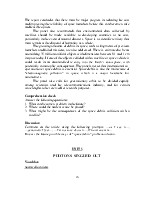
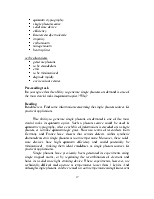

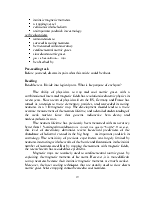
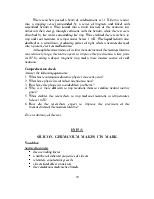
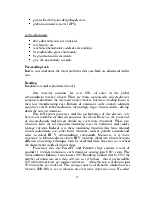
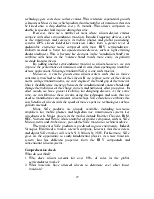
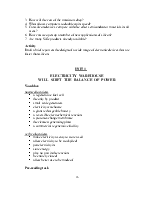
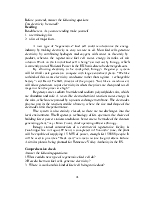
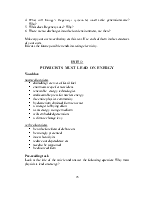
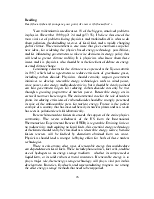
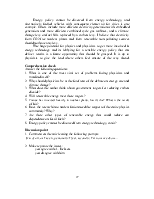
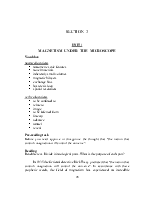
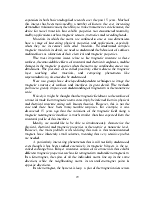

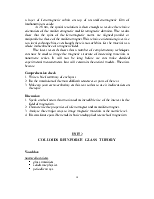
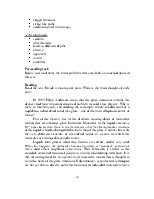
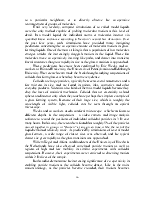
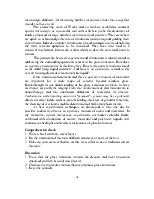
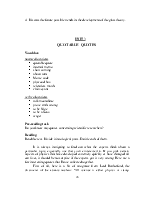

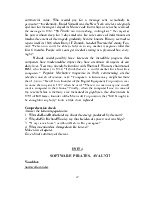
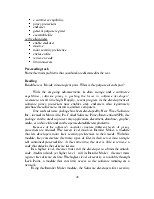
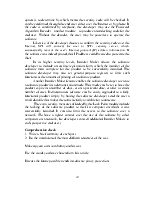
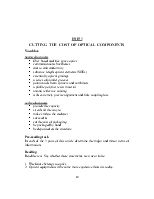
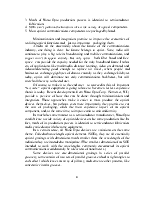
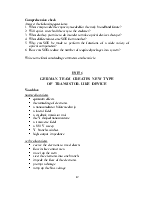
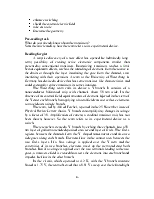

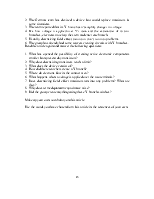


AUTHENTIC READING ON ELECTRONICS AND RADIOPHYSICS
SECTION 1
noun collocations
§ impact
§ microelectrical mechanical sensors (MEMS)
§ blood sugar level
§ drug-delivery/ releasing chip
§ biodegradable polymers
§ melting point
verb collocations
§ implant under the skin
§ monitor the blood sugar level
§ deliver the correct dose
§ develop a technique
§ be moulded from
§ transfer a film (onto a surface)
§ evaporate onto a substrate
§ adhere to the polymer
1. A lot of machines made by physicists are used in medicine now. Do you agree? Give your examples.
2. Before reading the text answer the following questions:
2.1. What equipment is used in medicine now?
2.2. What materials is it made from?
2.3. What illnesses can be treated with the help of modern micromachines?
Reading
Read the text. Find some information about the materials MEMS are made of.
Micromachines are expected to have an enormous impact in the healthcare and pharmaceutical industries. These so-called microelectrical mechanical sensors or MEMS could be implanted under the skin, for example, to monitor the blood-sugar level of a diabetic and automatically deliver the correct dose of insulin. Most existing MEMS are made from silicon, glass and plastic. However, drug-delivery chips made from these materials would have to be removed when the drug runs out.
Now Deniz Armani and Chang Liu of the University of Illinois at Urbana Champaign in the US have developed a technique that will allow MEMS to be built from biodegradable polymers. The microstructure of these chips is moulded from polycaprolactone, a cheap plastic developed over a decade ago for use in contraceptive implants.
Armani and Liu created the microstructures by pouring the molten polymer into a 3-D mould etched from silicon. However, the metal tracks could not be deposited using standard techniques because the polymer has a low melting point. Instead the Illinois team developed a new technique to transfer a patterned metal film onto the surface of the plastic.
The pattern was etched into a 400 mm thick gold film that had been evaporated onto a silicon substrate. Next the substrate was heated and the polymer was allowed to melt on its surface. The gold film adhered more strongly to the polymer than the silicon, so the gold tracks were left on the plastic microstructure after it had been cooled and removed from the substrate.
The moulding and patterning steps were combined to produce structures that contain microcavities filled with liquid and sealed with a thin gold film. Armani and Liu plan to investigate other biodegradable plastics and develop an active drug-releasing chip that could be inserted into the body.
Comprehension check
Say whether the sentences are true or false.
1. Micromachines will have an enormous impact in the healthcare.
2. It’s impossible to implant MEMS under the skin.
3. Most existing MEMS are made from super high quality metals.
4. Drug-delivery chips would have to be removed when the drug runs out.
5. There are no problems in developing materials to be used in MEMS.
Discussion
Comment on the text using the following prompts: first of all..., secondly..., as I see it..., I’m not sure about... .
Give your own project of micromachines that could be used in medicine in the nearest future.
noun collocations
§ research centre
§ wavelength of radiation
§ free-electron laser/ conventional laser
§ collaboration
§ synchrotron radiation source
§ relativistic electrons
§ straight magnetic structure
§ self-amplified spontaneous emission
verb collocations
§ generate radiation
§ operate at wavelength
§ inject into magnetic structure
§ bounce back and forth
§ interact with
§ collide electrons
Pre-reading task
The shorter the wavelength of radiation from a free-electron laser the more powerful it is. Do you agree? Why?
Reading
Read the text. Find some information about the new trends in developing lasers.
Researchers at the DESY research centre in Hamburg have set a new record for the shortest wavelength of radiation from a free-electron laser. A team led by Jorg Rossbach has generated ultraviolet radiation with a wavelength of 110 nm from the 14 m long laser, beating the previous best of 530 nm. More than 100 scientists and engineers from 38 institutes in 9 countries are involved in the collaboration, which is now working on a 300 m long device that could operate at wavelengths as short as 6 nm. They hope that this radiation will be available for experiments in physics and biology by 2003.
Уважаемый посетитель!
Чтобы распечатать файл, скачайте его (в формате Word).
Ссылка на скачивание - внизу страницы.